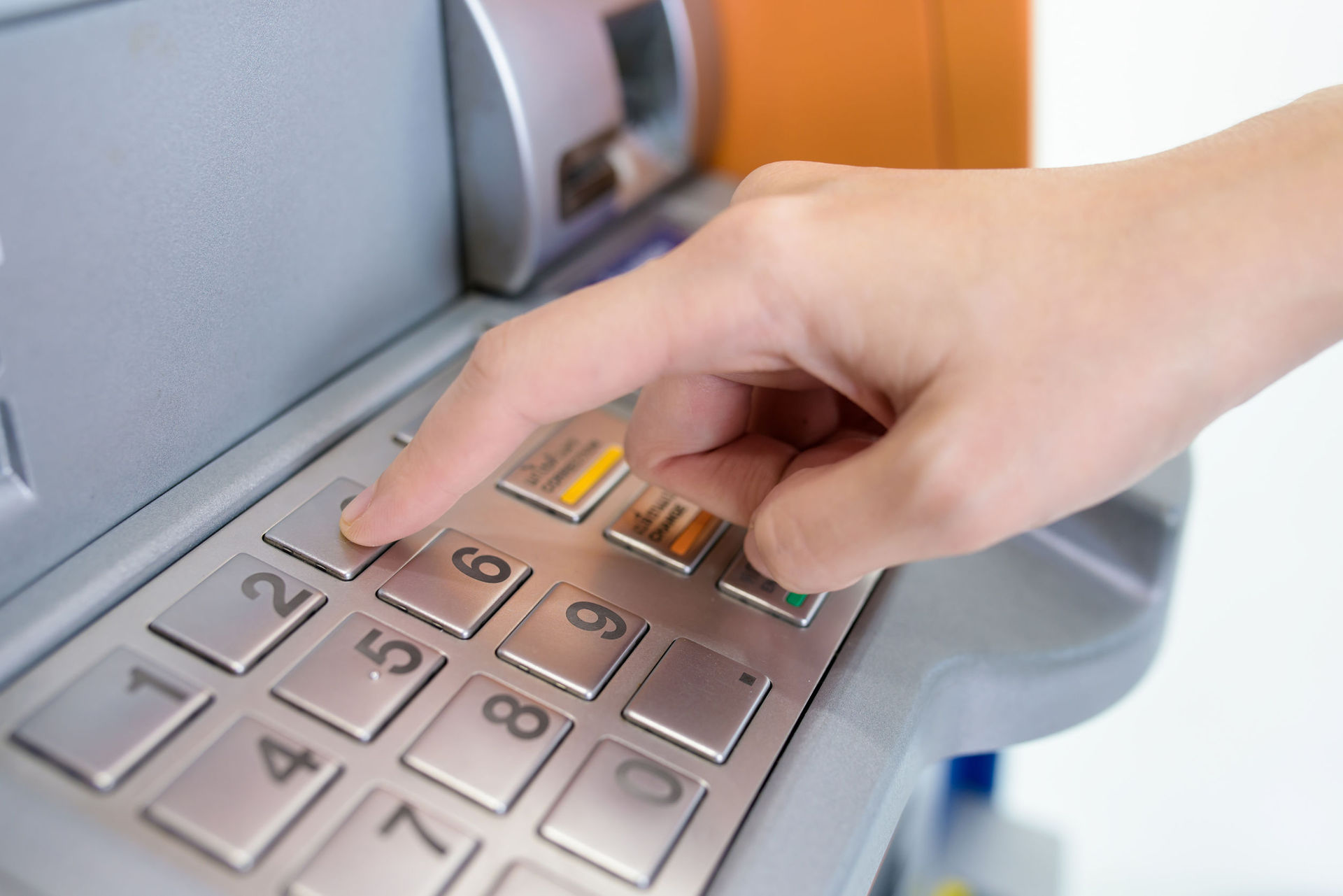Introduction:
ATMs have become a convenient way to withdraw cash, but with the increase in card cloning and fraud, many people are concerned about the security of their funds. One question that often arises is whether ATMs can detect cloned cards. In this article, we will explore the technology behind ATMs and whether they can detect cloned cards.
Understanding Cloned Cards:
Cloned cards are fake cards that are created by copying the information from a legitimate card. Criminals can create cloned cards by obtaining the card information through a variety of means, including skimming, phishing, or hacking. Once they have the 메이저놀이터 information, they can create a duplicate card with a magnetic stripe or an EMV chip.
Technology Used in ATMs:
ATMs use a variety of technologies to read and verify the information on a debit or credit card. The most common technology used in ATMs is the magnetic stripe reader, which reads the information stored on the magnetic stripe on the back of the card. However, many modern ATMs also have EMV chip readers, which read the information stored on the chip on the front of the card.
Can ATMs Detect Cloned Cards?
ATMs have sophisticated software that can detect fraudulent activity and prevent criminals from accessing your funds. However, the extent to which ATMs can detect cloned cards depends on the sophistication of the cloning technology used.
Magnetic Stripe Cloning:
ATMs can detect cloned cards that use magnetic stripe cloning by checking the information on the magnetic stripe against a database of known fraudulent cards. The database is regularly updated with information about cards that have been reported lost or stolen. If the information on the magnetic stripe matches a known fraudulent card, the ATM will decline the transaction.
Here are some bullets on Magnetic Stripe Cloning:
- Magnetic stripe cloning, also known as “메이저놀이터,” is a type of fraud in which criminals copy the data from the magnetic stripe of a credit or debit card to create a duplicate card.
- This is typically done using a small device called a “skimmer” that can be attached to an ATM or other card reader, which reads the magnetic stripe data as the card is inserted.
- Once the magnetic stripe data has been collected, the criminal can use it to create a clone of the card or to make unauthorized purchases online or over the phone.
- The cloned card will have all the same data as the original, including the card number, expiration date, and CVV code, which can be used to make purchases just like the real card.
MV Chip Cloning:
EMV chips provide greater security than magnetic stripes, but they are not foolproof. Criminals have developed sophisticated techniques to clone EMV chips. ATMs can detect some types of EMV chip cloning by checking the chip’s cryptographic signature against a list of known good signatures. If the signature does not match, the ATM will decline the transaction.
Preventing Card Cloning:
While ATMs can detect some types of card cloning, it is best to take proactive steps to prevent card cloning in the first place. Here are some tips to help prevent card cloning:
- Be wary of suspicious-looking devices attached to ATMs or payment terminals. Criminals may use skimming devices to steal your card information.
- Check your account statements regularly for any unauthorized transactions.
- Use strong, unique passwords for all your online accounts and enable two-factor authentication whenever possible.
- If you suspect your card has been cloned, contact your bank immediately to report the fraud.
Conclusion:
ATMs are an important part of our daily lives, but they are not immune to fraud. While ATMs have sophisticated software that can detect some types of card cloning, it is important to take proactive steps to prevent fraud in the first place. By being vigilant and following best practices, you can protect yourself and your funds from card cloning and other types of fraud.





